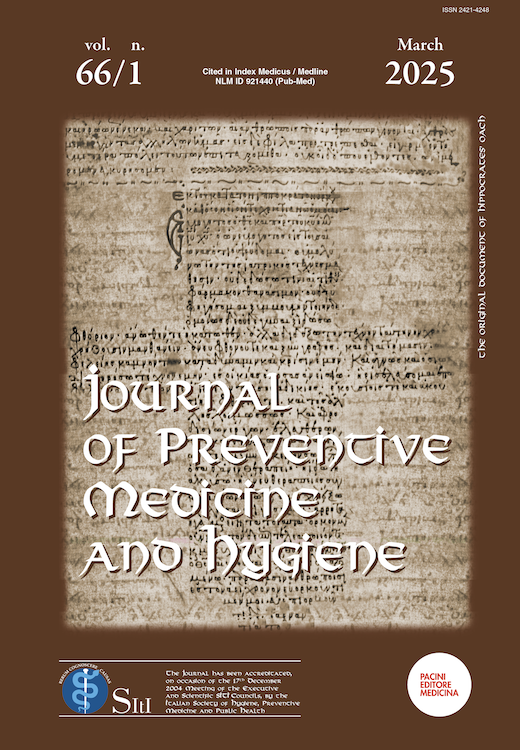Abstract
Background:Virtual Reality (VR) is a technology that enables the creation of immersive, interactive, and collaborative environments, with extensive applications in the realm of e-Health. Methods: This study aimed to reduce stress and anxiety in hospitalised patients by employing guided virtual scenarios and non-invasive biosensors. Results: During the initial experimental phase, conducted on 33 patients in a cardiac rehabilitation ward, improvements were observed in stress levels (-11.3%), depression (-4.2%), and anxiety (-3.2%) [1]. Supporting these results, a specific clinical case analysis revealed significant improvements in an 82-year-old woman with moderate depression and severe social isolation. Following the VR intervention, the patient experienced a substantial reduction in isolation, heightened motivation for daily activities, and enhanced social interaction quality, with a 35% increase in perceived quality of life. Physiological improvements included reduced sympathetic nervous system arousal and greater heart rate variability stability. Conclusions: These findings underscore VR's potential to promote psychophysical wellbeing and improve healthcare service quality, advocating innovative preventive and therapeutic methods.
References
Grossman, P., Niemann, L., Schmidt, S., and Walach, H. Mindfulness-based stress reduction and health benefits: A meta-analysis. Journal of Psychosomatic Research, 57, 1 (2004), 35–43. DOI: 10.1016/S0022-3999(03)00573-7
Jon Kabat-Zinn. (2003). Mindfulness-based interventions in context: Past, present, and future. Clinical Psychology: Science and Practice, 10, 2 (2003), 144–156. DOI: 10.1093/clipsy.bpg016
Bishop, S. R., Lau, M., Shapiro, S., Carlson, L., Anderson, N. D., Carmody, J., Segal, Z. V., et al. (2004). Mindfulness: A proposed operational definition. Clinical Psychology: Science and Practice, 11(3), 230–231. DOI: 10.1093/clipsy.bph077
Navarro-Haro, M. V., Hoffman, H. G., Garcia-Palacios, A., et al. The use of virtual reality to facilitate mindfulness skills training. JMIR Mental Health, (2016). DOI: 10.2196/mental.6097
Baños, R. M., et al. Positive mood induction procedures for virtual environments designed for elderly people. Interact. Comput., 24, 3 (2012). DOI: 10.1016/j.intcom.2012.02.004
Dodd, Jocelyn and Ceri R. Jones. Mind, Body, Spirit: How museums impact health and wellbeing. Research Centre. No DOI available.
MoMA Alzheimer’s Project. (2011). The Museum of Modern Art, New York. Available at: https://www.moma.org/. No DOI available.
Freeman, D., et al. (2017). Virtual reality in the treatment of anxiety and stress. Journal of Anxiety Disorders. DOI: 10.1016/j.janxdis.2017.04.010
Hofmann, S. G., et al. (2010). The Efficacy of Mindfulness-Based Stress Reduction: A Meta-Analysis. Journal of Consulting and Clinical Psychology. DOI: 10.1037/a0019026
Civitarese, G., et al. (2016). Art therapy in dementia patients: a review of the literature. European Journal of Integrative Medicine. No DOI available.
Nuccetelli, F., et al. (2021). A Narrative Review of Mindfulness-Based Interventions Using Virtual Reality. Mindfulness, 12(3), 1-15. https://doi.org/10.1007/s12671-021-01783-6
Garrison, K. A., et al. (2015). Mindfulness Meditation and Brain Networks. Neuroscience Letters. DOI: 10.1016/j.neulet.2015.03.034
Pina, M., et al. (2020). Long-term effects of mindfulness-based interventions. Journal of Clinical Psychology. DOI: 10.1002/jclp.23005
Rizzo, A. S., et al. (2019). Virtual reality in clinical psychology. Clinical Psychology Review. DOI: 10.1016/j.cpr.2019.101763

